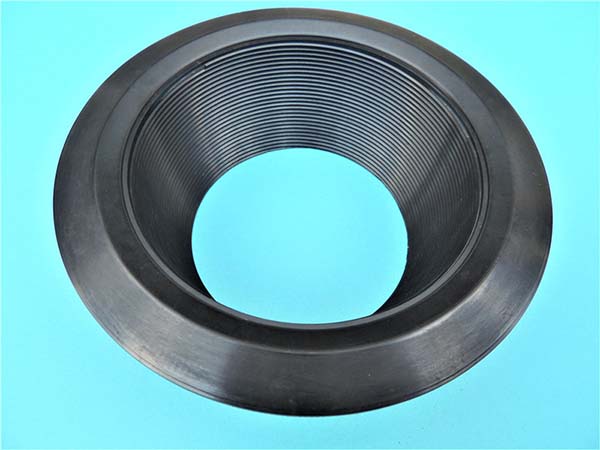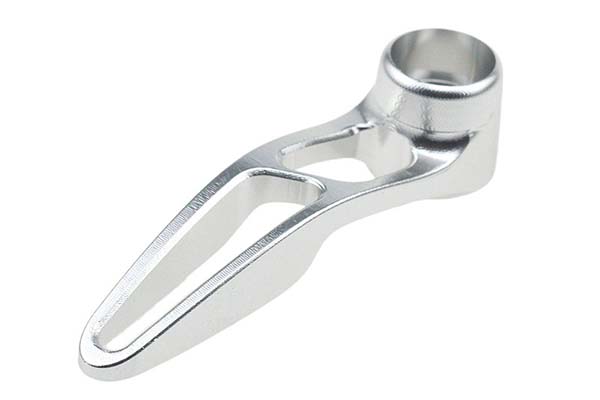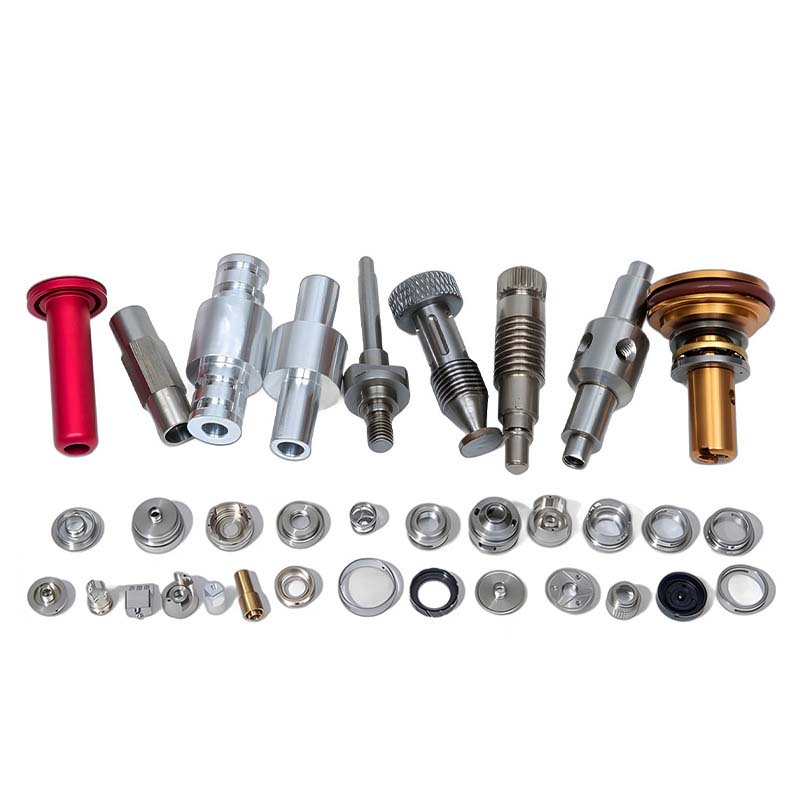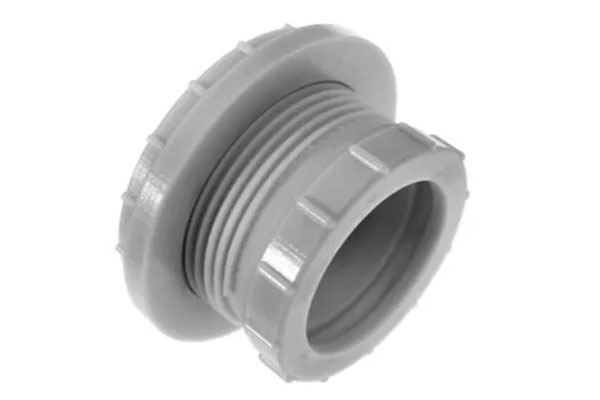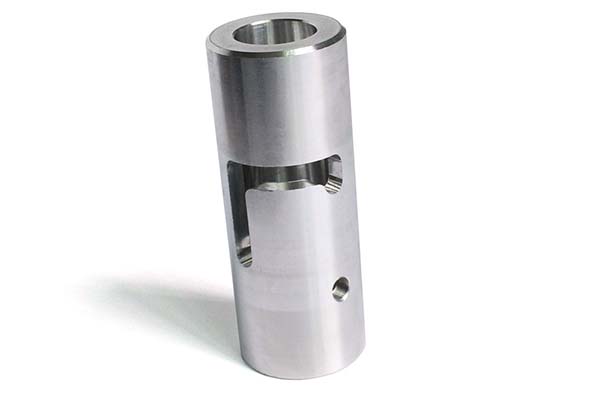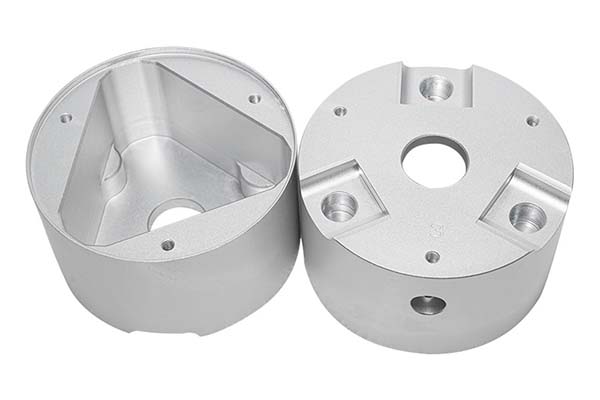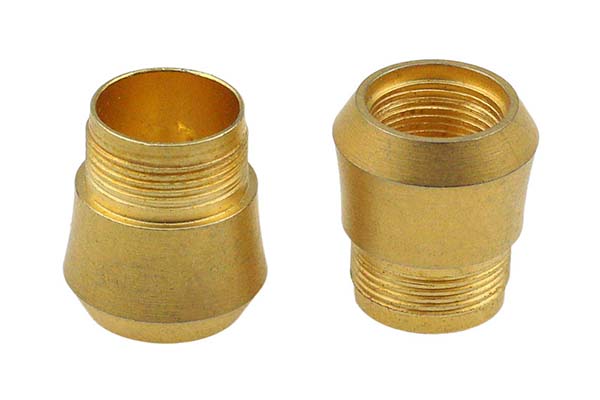CNC machining of Bakelite, a pioneering thermosetting plastic, presents unique challenges that manufacturers often face. Its hard, brittle nature makes it prone to chipping and cracking during milling or drilling, especially when using improper tool geometry or aggressive machining parameters. Bakelite’s high mechanical strength and low toughness cause it to shatter under sudden cutting forces, increasing the risk of workpiece damage. Additionally, its abrasive composition—filled with phenol-formaldehyde resin and fillers like wood flour or asbestos alternatives—accelerates tool wear, reducing tool life significantly compared to machining softer plastics. Achieving tight tolerance verification is further complicated by its moderate thermal expansion; uneven cooling after machining can lead to dimensional shifts, requiring careful process control. This guide addresses these pain points, offering expert strategies to master CNC machining of Bakelite.
Material Properties of Bakelite
Bakelite (a thermosetting plastic) boasts properties that make it indispensable in industrial applications, while influencing its machinability:
- Electrical insulation: Exceptional dielectric strength (15-25 kV/mm) and low conductivity, making it ideal for electrical components and insulators in high-voltage systems.
- Heat resistance: Withstands continuous use temperatures of 120-150°C, with some grades enduring up to 200°C, suitable for automotive parts and industrial equipment.
- Mechanical strength: Tensile strength of 40-60 MPa and flexural modulus of 3-5 GPa provide rigidity, though brittleness limits impact resistance—critical for mechanical parts requiring stability over flexibility.
- Chemical resistance: Resists oils, greases, and dilute acids, though strong alkalis can degrade the resin, affecting industrial equipment applications.
- Density and hardness: Density of 1.3-1.4 g/cm³ and Rockwell hardness of M100-110 contribute to its abrasive nature, increasing tool wear during machining.
- Thermal expansion: Coefficient of 30-50 μm/m·K, lower than many thermoplastics but sufficient to cause dimensional shifts if machining heat is unevenly distributed.
| Property | Bakelite | Phenolic Resins (Similar) | Thermoplastics (e.g., PS) |
| Heat Resistance (°C) | 120-150 | 100-180 | 80-100 |
| Electrical Insulation | Excellent | Very Good | Good |
| Tool Wear Potential | High | Medium-High | Low |
| Impact Resistance | Low | Low-Medium | Medium-High |
CNC Machining Processes for Bakelite
The CNC machining processes for Bakelite require tailored approaches to handle its hardness and brittleness:
- Milling: The primary operation, using sharp carbide tools with positive rake angles (5°-10°) to minimize chipping. A spindle speed of 4000-6000 RPM and feed rate of 0.05-0.15 mm/tooth works well, with a depth of cut of 0.5-2 mm for roughing and 0.1-0.2 mm for finishing. Climb milling reduces edge damage by cutting cleanly through the material.
- Turning: Suitable for cylindrical Bakelite parts like bushings or rollers, with spindle speed of 2000-4000 RPM and feed rate of 0.08-0.12 mm/rev. A sharp, honed cutting edge prevents workpiece shattering under rotational forces.
- Drilling and engraving: Requires carbide tools with a 130° point angle to prevent splitting. Engraving uses high-speed spindles (8000-12000 RPM) with fine diamond-coated tools to achieve precise details in consumer electronics panels.
- Precision machining: Leverages CAD/CAM software to generate smooth toolpaths, reducing abrupt direction changes that cause cracking. Machining centers with rigid frames minimize vibration, critical for maintaining tolerance in brittle materials.
Tool Selection for Bakelite Machining
Tool selection is critical for efficient Bakelite machining, balancing wear resistance and cutting performance:
- Carbide tools: The gold standard, with tungsten carbide inserts (WC-Co) offering high hardness (90-92 HRA) and abrasion resistance, extending tool life by 3-5 times compared to high-speed steel (HSS) tools.
- Diamond-coated tools: Ideal for precision machining and achieving Ra <0.8 μm surface finish, though higher cost limits use to critical applications like aerospace components.
- Tool geometry: 2-4 flutes with a high helix angle (30°-40°) improve chip evacuation, preventing re-cutting of abrasive Bakelite dust. A sharp cutting edge (radius <0.02 mm) reduces chipping.
- Tool wear management: Tool life averages 50-100 parts per edge for carbide tools, depending on cutting speed and material grade. Regular inspection for flank wear (>0.3 mm) prevents surface defects.
Machining Parameters for Bakelite
Optimized machining parameters balance material removal, tool life, and part quality:
- Cutting speed: 100-200 m/min for carbide tools (slower for HSS) to reduce friction and tool wear—faster speeds generate excessive heat, increasing brittleness.
- Feed rate: 0.05-0.15 mm/tooth for milling, 0.1-0.2 mm/rev for turning, to minimize cutting forces and chipping.
- Depth of cut: 0.5-2 mm for roughing, 0.1-0.3 mm for finishing, distributing load evenly across the tool edge.
- Coolant usage: Compressed air or minimal mist coolant (5-10% concentration) to flush away dust—excessive liquid can cause resin swelling, affecting dimensional accuracy.
- Toolpath optimization: Circular interpolation and arc transitions reduce sharp turns, lowering stress on Bakelite parts during precision machining.
Applications of Bakelite in CNC Machining
CNC machined Bakelite parts excel in industries requiring insulation, heat resistance, and rigidity:
- Electrical components: Terminal blocks, switch housings, and circuit board supports leverage its electrical insulation and heat resistance, ensuring safe operation in power systems.
- Insulators: Bushings and spacers in transformers and motors withstand high voltages, with tolerance as tight as ±0.02 mm to maintain dielectric performance.
- Automotive parts: Distributor caps and sensor housings resist under-hood temperatures and oil exposure, outperforming plastics in durability.
- Industrial equipment: Gear knobs, handle grips, and machine guards use Bakelite’s mechanical strength and chemical resistance, enduring heavy use in factories.
- Medical devices: Non-implantable components like instrument handles benefit from its stability under sterilization, though material grade must be biocompatible.
Quality Control in Bakelite Machining
Rigorous quality control ensures Bakelite parts meet performance standards:
- Dimensional accuracy: Coordinate measuring machines (CMMs) verify tolerances (±0.02-0.1 mm), with measurements taken at 23°C ±1°C to account for thermal expansion.
- Surface roughness: Profilometers check for Ra 1.6-3.2 μm (standard) or Ra <0.8 μm (precision parts), ensuring no chipping or cracks that compromise insulation.
- Non-destructive testing (NDT): Ultrasonic testing detects subsurface defects in critical parts like aerospace components, preventing in-service failure.
- Statistical process control (SPC): Monitors machining parameters and part dimensions across production runs, reducing variation by 15-20% in high-volume applications.
Case Studies in Bakelite Machining
- Electrical insulator production: A manufacturer reduced chipping by 40% by switching to diamond-coated carbide tools and optimizing feed rate to 0.08 mm/tooth. Tolerance verification improved from ±0.05 mm to ±0.02 mm, meeting utility industry standards.
- Automotive sensor housings: By implementing coolant usage with compressed air and high-speed spindles (15000 RPM), a supplier eliminated thermal dimensional shifts, reducing scrap rates from 12% to 3%.
- Aerospace terminal blocks: Using 5-axis machining centers and CAD/CAM software for toolpath optimization, a contractor achieved Ra 0.8 μm surface finish and maintained tight tolerances across 10,000+ parts, with tool life extended by 25% via wear monitoring.
Yigu Technology's Perspective
Yigu Technology specializes in CNC machining Bakelite, leveraging expertise in handling its abrasive, brittle properties. We use carbide tools with optimized geometry and high-speed spindles to balance tool life and part quality. Our CAD/CAM software generates smooth toolpaths, minimizing chipping in electrical components and insulators. Quality control includes CMM inspections and NDT, critical for aerospace and automotive clients. We tailor machining parameters to Bakelite grades, ensuring dimensional accuracy and surface finish meet strict standards. Whether producing industrial parts or custom components, we deliver cost-effective, reliable results by mastering Bakelite’s unique machining challenges.
FAQ
- Why does Bakelite cause rapid tool wear, and how to mitigate it?
Bakelite’s abrasive fillers (e.g., wood flour) accelerate wear. Mitigation involves using carbide or diamond-coated tools, limiting cutting speed to 100-150 m/min, and frequent tool inspection—replacing edges at 0.3 mm flank wear prevents surface defects.
- How to prevent chipping and cracking in Bakelite machining?
Use sharp tools with high helix angles, feed rate of 0.05-0.1 mm/tooth, and depth of cut ≤2 mm. Smooth toolpaths (via CAD/CAM software) and rigid machining centers reduce vibration, minimizing stress on brittle Bakelite.
- What tolerances are achievable in Bakelite machining?
Standard tolerances are ±0.05-0.1 mm, with precision applications (e.g., aerospace) reaching ±0.02-0.03 mm using high-speed spindles, carbide tools, and post-machining cooling (1 hour at 23°C) before inspection.
